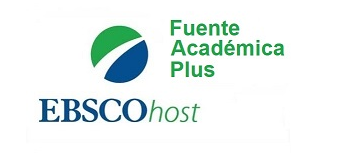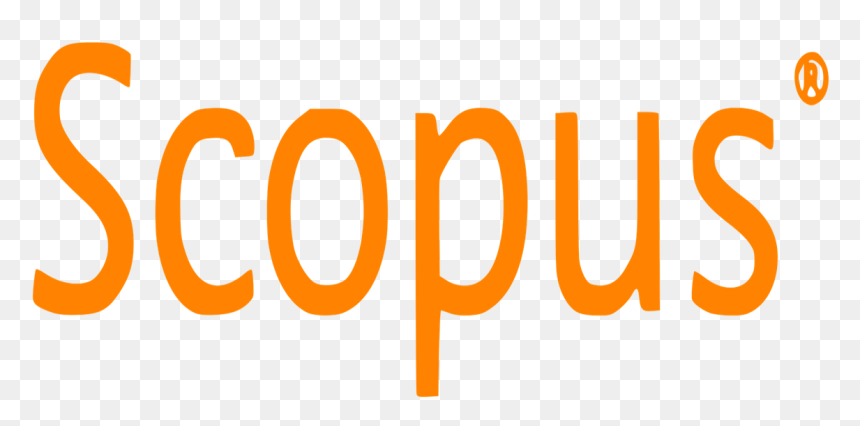Budgets, senses and environmental practices swamp Mallorquín and areas of influence in connection with social and human development to transform the living conditions of sector , city or region
DOI:
https://doi.org/10.17981/moducuc.15.1.2015.06Keywords:
Ciénaga de Mallorquín, sustainable development, environmental practicesAbstract
This paper reflects on the environmental and human problems of Majorcan Swamp, with
the purpose of establishing new meanings, and practices that meet the basic human
needs of the inhabitants of the wetland, generating increasing levels of self-reliance and
organic articulation with nature and technology, which will solve many of the environmental and human problems existing in this ecosystem and its area of influence.
Downloads
References
Baumol, W. (2004) The Free-Market Innovation Machine: Analyzing the Growth Miracle of Capitalism. Princenton, N. J.: Princenton University Press. Brudtland, G. H. (1987). Informe Brudtland. Ginebra: ONU.
Cervantes, G. (2005) Desarrollo Sostenible. Univ. Politèc. de Catalunya.
CEPALC (2001). Una década de luces y sombras: América Latina y el Caribe en los años noventa. Bogotá: Naciones Unidaa/ CEPALC, en coedición con alfaomega.
Correa, P. (2010). Comienza a renacer la Ciénaga de Mallorquín. Bogotá, El Espectador.
Dos Santos, T. (2011). Imperialismo y dependencia. Caracas: Fundación Biblioteca Ayacucho.
Harlem, G (1984). Informe de la Comisión Mundial sobre el Medio Ambiente y el Desarrollo: “Nuestro Futuro Común”.Ginebra, Organización de Naciones Unidas (ONU).
Mann, S. (2011). Sustainable Lens: A visual Guide. Washington, EEUU: CreateSpace.
Max-Neef, M, Elizalde, A & Hopehayn, M(1998). Desarrollo a escala humana. Montevideo: Editorial NormanComunidad.
Meadows, D (1972). Los Límites al crecimiento: informe al Club de Roma sobre el predicamento de la humanidad, Fondo de Cultura Económica.
Nadal, A. (2007). Obras escogidas de Víctor L. Urquidi. Desarrollo sustentable y cambio global. México D.F.: El
colegio de México.
Organización de las Naciones Unidas para la Educación, la Ciencia y la Cultura (2012). Educación para el desarrollo sostenible. París: UNESCO.
PNUMA- ORPALC, GEO (2000). América Latina y el Caribe. Perspectivas del medio ambiente. México D.F. Oficina
Regional para América Latina y el Caribe.
Programa de las Naciones Unidas para el desarrollo –PNUD- (1992). Desarrollo humano: Informe, Bogotá, Tercer
Mundo.
Programa de las Naciones Unidas para el desarrollo –PNUD-. (2000). Informe sobre desarrollo humano. Madrid:
Ediciones Mundi.
Región Caribe (2013). Celebran el día del agua en la Ciénaga de Mallorquín. Disponible en: http://regioncaribe.
org/celebran-el-dia-del-agua-en-lacienaga-de-mallorquin/
Sarmiento, E. (1989). Los nuevos desafíos del desarrollo: fundamentos y políticas. Bogotá: Tercer Mundo.
Silva, J. (2007). Crecimiento Económico y desarrollo humano. Bogotá:Academia Colombia de Ciencias
Económicas.
Sarmiento, E. (2010). Desafíos del desarrollo. Bogotá: El Espectador. UNEP- PNUMA (1999). Global Enviroment
Outlook 2000., “Prólogo”. Londres,UNEP/Earthscan
Unión Europea para Colombia (2011).ALTERNATIVA PILOTO PARA LA GENERACIÓN DE INGRESOS A COMUNIDADES INDIGENAS MEDIANTE EL APROVECHAMIENTO SOSTEBIBLE DE LOS PRODUCTOS NO MADERABLES DEL BOSQUE EN LA SIERRA NEVADA DE SANTA MARTA. Disponible en: http://www.mipymes.gov.co/descargar.php?idFile=3695.
United Nations Environment Programme (UNEP-PNUMA, 1997). Global Environment Outlook (GEO-1). Executive
summary: Global Overview.
Valencia, J (2013). Dan ejemplo con sus prácticas ambientales. Medellín, El Colombiano.
United Nations Environment Programme (UNEP-PNUMA, 1997). Global Enviroment Outlook 2000., “Prólogo”.
Londres, UNEP/Earthscan, pp. 12 y
Downloads
Published
How to Cite
Issue
Section
License
Copyright (c) 2015 Ruben Dario Franco Medina

This work is licensed under a Creative Commons Attribution-NonCommercial-NoDerivatives 4.0 International License.
CC Reconocimiento-NoComercial-SinObrasDerivadas 4.0



 English
English
 Español (España)
Español (España)






